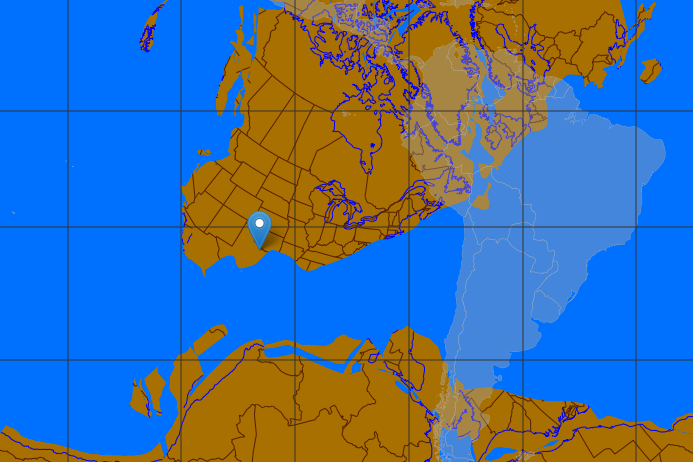The Specify Software Project is enthused to announce three new capabilities in Specify 7.3 (and Specify 6.6.06), which was released 12 October 2017.
Global Genome Biodiversity Network — Because biological collections and biorepositories are more comprehensively managing tissue and extract information for molecular research, we enhanced Specify to better store, publish, and integrate tissue and extract data by adding support for the Global Genome Biodiversity Network’s (GGBN) data schema and exchange standard for ‘Material Samples’. GGBN is an international project designed to support the discovery of tissue and DNA extract samples for biological research. Specify 7.3 (and Specify 6.6.06) now accommodate the data fields proscribed in GGBN standard vocabularies including information regarding quality and quantity of DNA in an extract stored in a museum collection. We have added new data tables to Specify and supplemented existing tables with additional GGBN vocabulary fields to facilitate specimen curation and collection transactions of extract and tissue samples used for DNA sequencing. In addition, for “next generation” sequencing Specify has several new linkout fields in appropriate tables and forms that point to resolvable NIH SRA ID numbers for web linking museum specimens (in this case tissues and extracts) to NIH SRA database records. Specify 7 uses the same database schema as Specify 6, for the most important data field additions affecting both platforms see “Database Schema Changes” in the Specify 6.6 Release Notes. This diagram shows the changes we made to Specify’s database table relationships for molecular sample data.
Collection Data Exchange Standards and Publishing — Due to the increasing number of extensions to the Darwin Core specimen data exchange standard, of which the GGBN extension is one of the most recent, with Specify 7.3 we enhanced the platform’s data publishing capabilities to allow for collections data export to any standards-based schema or extension. Specify 7’s export support includes a field mapper to link Specify’s database structure and your particular use of Specify’s database fields to the fields required by the community standard (e.g. Darwin Core or Audubon Core) for data publishing. This generic, external schema mapping capability in Specify 7 provides the ultimate in flexibility and extension in that it enables Specify collections to integrate their data with any community aggregator or collaborative project database that requires data in Darwin Core or other standard format. These versatile new capabilities and the GGBN schema extensions described above were developed in collaboration with the Global Genome Biodiversity Network. We are grateful for their financial support underwriting the development of these integration capabilities.
Paleo Context Plugin — A third new feature in Specify 7.3 is a geospatial visualization tool specifically for paleontological collections developed by Tomislav Urban of the Texas Advanced Computing Center (TACC) in collaboration with the Nonvertebrate Paleontology Laboratory at the University of Texas at Austin (UT). The Paleomap plug-in in Specify operates with web mapping services at UT that use modern day latitude/longitude values to place paleontological specimens into the geographic context of the time period of deposition. As pictured in the screenshot above, the app shows the point of collection on the earth’s surface displaying semi-transparent, modern continental boundaries overlaid on top of land masses as they were situated at the time of deposition. Tomislav and Ann Molineux, Director of Museum Operations at the University of Texas at Austin, envision that by putting the placement of a fossil into paleogeographic context, Paleomap will enable paleontological researchers to better understand the spatial biogeography of deep time. The Paleomap plug-in is already enabled in forms for paleontological collections new to Specify with this release; existing paleo collections upgraded to Specify 6.6.06 or 7.3 can easily modify their existing data forms to bring Paleomap into the Specify interface. We are grateful to TACC and to the UT Museums for their development of Paleomap for Specify.



